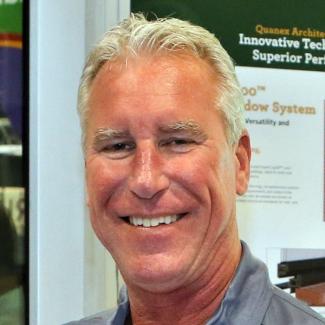Why Investing in Automation Means Investing in Your People
The right people can make all the difference in successfully implementing or expanding automation in your manufacturing facility
The labor, quality and production benefits of automated manufacturing have become increasingly clear throughout the past several years.
But if you’re installing your first automated line sometime this upcoming winter, or perhaps adding another one, those benefits will reveal themselves only if you have the right strategies and skillsets in place to get the most from your investment.
Automation requires people who are willing to learn and are capable of operating technologically advanced equipment. Conventional thinking may be that robotics and automation usurp the need for human input, but in many ways, the opposite is true. Getting the most from automation requires more sophisticated human thinking than ever before. To those ends, here are two things to consider when bringing new equipment online in your facility:
Optimizing Startup
Finding success with automated equipment begins with preparation for how your everyday production activities will change.
Your equipment supplier will provide some initial support as the equipment is installed. But not long after, you’ll be on your own when it comes to ongoing production. If you’re a small to midsize manufacturer who is looking to take the next step with automated equipment, knowing what to do in the weeks and months ahead may pose a challenge.
Consider: Ongoing maintenance of automated equipment is critical for the consistent, quality production you’re likely expecting. Do you know the types of maintenance indicators to look for once you’re six weeks out from initial installation? Eight weeks? Twelve? Maintenance lapses can lead to worn-out components, quality control issues and tough questions like: “Why isn’t this major capital investment doing what I expected?”
Without the right knowledge base on your plant floor to operate modern equipment, this is the scenario you could be facing. The solution is to work ahead to build the skillsets you need to maximize an investment in automated production equipment. Consider an automated insulating glass (IG) line. It’s likely that your spacer supplier is well-versed in automated production techniques and may be able to work with you before, during and beyond the installation of your new line to help.
Translating Timeless Skillsets
Elsewhere, many high-value worker skills are the same as they’ve always been. Adaptability. Open-mindedness. A willingness to learn.
Applying those skills to new applications is critical. For example, it’s important for effective workers to have some level of tech savvy. New automated systems come with opportunities to implement software and sensors that can help you deepen your insight into your production activities and drive even greater efficiencies. Do you have the right teams who are fluent in digital platforms and software systems? Why they’re necessary, how they work and the ability to troubleshoot associated issues? How about insights into new capabilities that your new equipment has made possible?
All of this presents not just an opportunity for you to optimize your plant floor, but also for the fenestration industry to advocate for modern manufacturing as a career path that offers growth and promise for young professionals. A higher-caliber technical expert is required to meet the potential today’s equipment offers us.
Getting the most from your investment in automation is more complicated than simply turning it on. Investing in your teams and working with the right suppliers and partners can offer you a significant advantage. Because automation isn’t just about the equipment. It’s about your people, and they can make all the difference.
